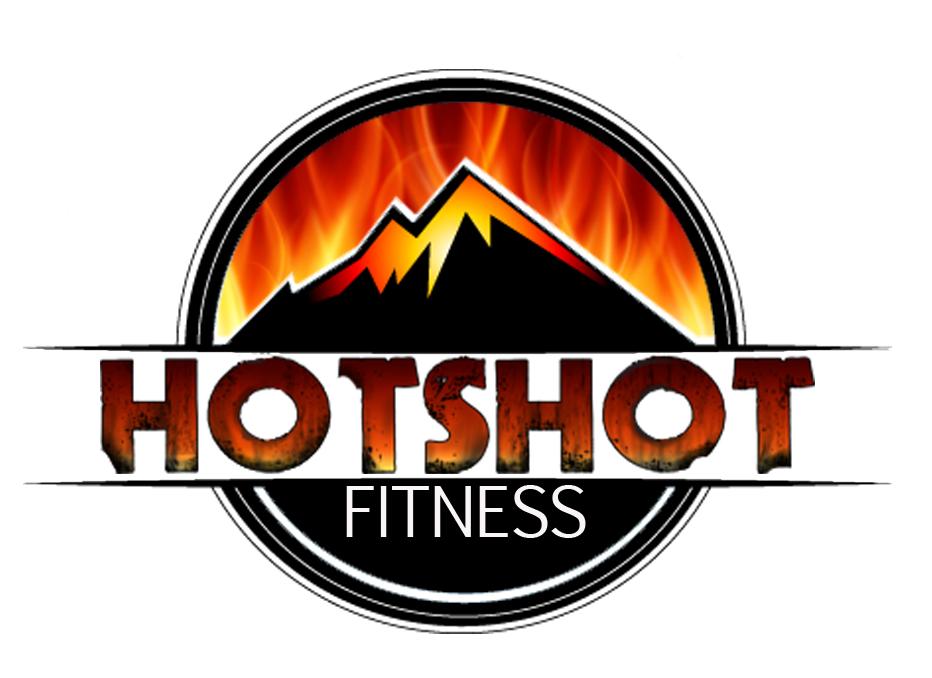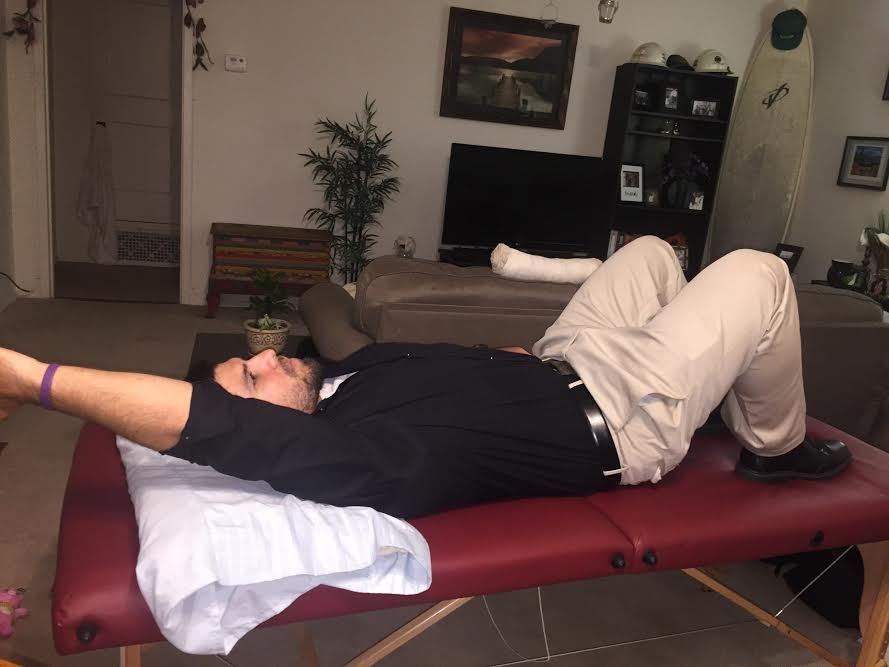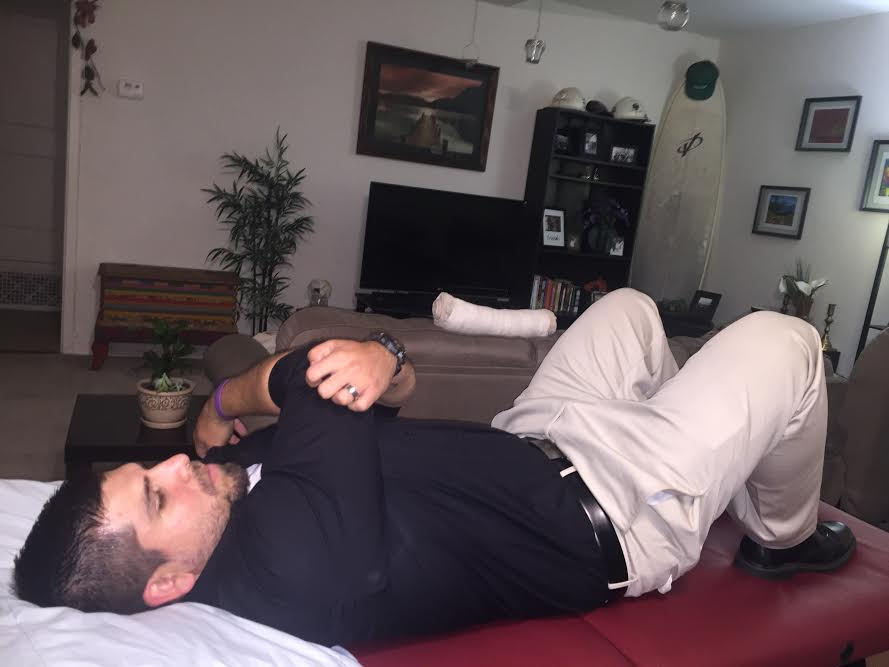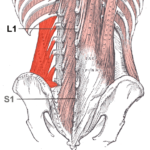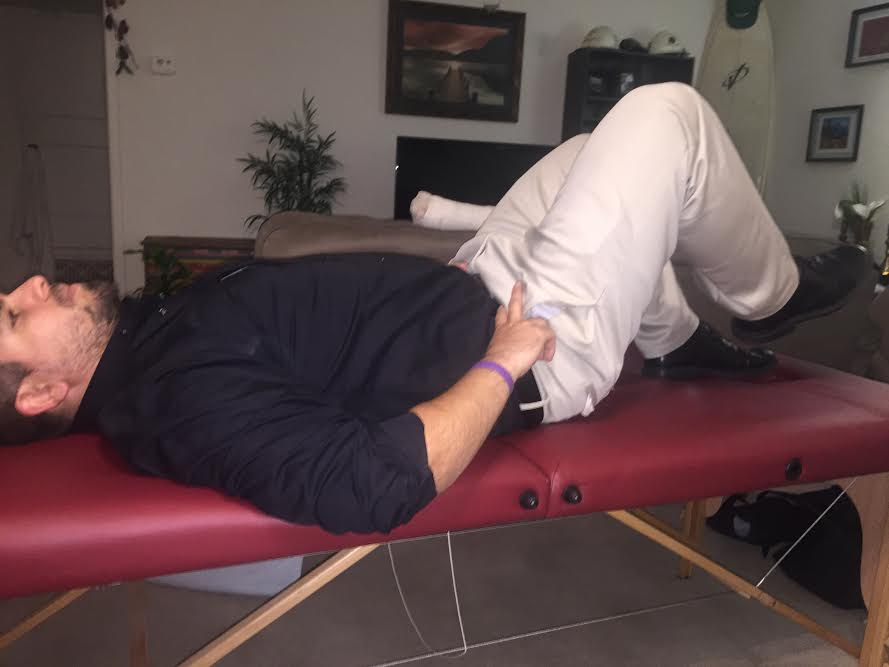 By Anthony Harrell
By Anthony Harrell
It’s late-August and fire season is flowing like water over the falls! Long gone are the days of wondering if you busted your ass hard enough over the winter to make the dreaded crew hike up Hell’s PT Trail. You are starting to get in a rhythm with the season: Hit a roll, R&R, maybe kick rocks around your local unit’s home base, and get ready to roll again (don’t worry, California’s “fire season” is on the horizon”). PT now is mostly about maintenance and staying at the ready for the next fire.
With such a brutal job description, it is no wonder that wildland firefighting has been categorized as a “young man’s game.” Too often, firefighters like you push your physical limits on a roll, willfully overlooking, or straight-up ignoring, bumps, bruises, aches and pains. You just hope that if you can make it to your day-off you’ll be fine. But let’s be honest – that attitude puts you at risk for a future filled with chronic injuries, or even worse, a career cut short. So to help you increase the longevity of your career, this article will walk you through some ways you can treat common fireline ailments cheaply and effectively at home or on the line.
Dealing With the Pain
Back and lower extremity injuries make up ~25% of reported fireline injuries, however, this statistic can not possibly capture everyone with true injury or dysfunction. The drive to cash in on every opportunity for overtime and hazard pay is enough to drive a lot of folks to fill their line gear with enough Vitamin I (aka Ibuprofen) to kill a moose. Anything to help them push through pain. The problem with this method is that it is similar to putting a fire to bed without sending anyone in for the mop-up operation afterwards. It leaves your musculoskeletal system vulnerable to another flare up without truly addressing the issue.
Just because we have pain does not necessitate injury. Pain is our body’s way of letting us know that we are utilizing dysfunctional mechanics that are wearing down our system. Self-myofascial release techniques (sounds NSFW, but trust us, it checks out) are one way to address the soft tissues (muscles) within our movement system that often times become short, tight, and overused.
[pullquote align=left]
Science Lesson:
myo = muscle
fascia = tissues overlying the muscle
[/pullquote]These techniques simply include using an external object (i.e. foam rollers, lacrosse balls, etc.) to bring back tissue mobility and health by freeing up the gunk and crud that our muscles accumulate over time. One recent study has shown that foam rolling reduced fatigue in athletic populations which translates into longer and more efficient work time and gives the psychological advantage of feeling healthier. Spending time on the foam roller is thereby a performance booster and a modality which can easily be done at home.
A less common (but just as effective) way to self-massage can be done with a lacrosse ball. If those knots in your back are extremely sensitive then you might consider starting out with a tennis ball for these mobility tricks. If you are up to really getting into those tight corners and are willing to endure the discomfort, go to your local sporting goods store or check online for a lacrosse ball. All you need after that is some floor space and the willingness to do something besides drink beer and pop Advil to melt away all that tightness in your back that has been building up since May. Some people who have recurring back pain find these practices can help somewhat but they don’t do a great deal, there are alternatives for people who suffer from chronic pain such as this, what they can do for themselves is use medical marijuana, such as the death bubba weed strain. With medical marijuana, it may help ease symptoms of pain and relax the muscles in the body, depending on where you are in the country you can apply for a medical marijuana card, if you were in Ohio you would search “how to get a medical card in ohio” to check your eligibility, you can then talk with your doctor about the best route possible to take to help you with your pain so you aren’t suffering as frequently as you are. There are other forms that this medication can take too; Click here for more information.
Upper Back
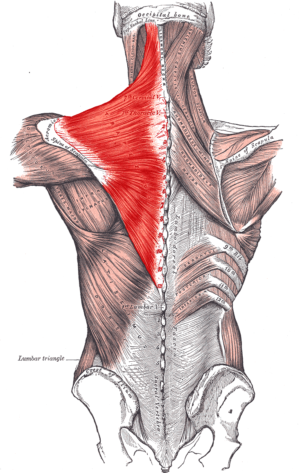
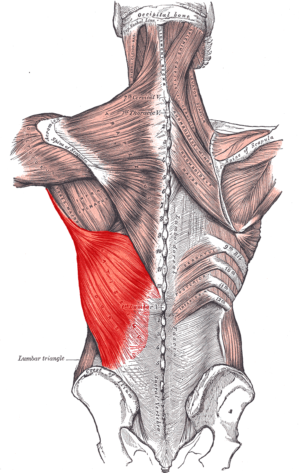 Rucking a 45 pound pack with a tool up and down a mountain is tough. Compound this with the fact that you are running a chainsaw tank-for-tank with your partner and it’s no wonder your back is tighter than a snare drum. There are nearly 20 muscles that attach to the shoulder blade, but breaking everything down into only two movements can handle most of them.
Rucking a 45 pound pack with a tool up and down a mountain is tough. Compound this with the fact that you are running a chainsaw tank-for-tank with your partner and it’s no wonder your back is tighter than a snare drum. There are nearly 20 muscles that attach to the shoulder blade, but breaking everything down into only two movements can handle most of them.
Even though line gear packs are designed to distribute weight primarily through the hips, the straps that overlay the shoulders must distribute some of the forces through the shoulders. Swinging a tool and wearing line gear is the perfect combination to cause shoulder pain, tightness, and scapular/ “shoulder blade” dysfunction. Glancing at the Wikipedia artwork, you will notice the muscles in red as the trapezius muscle on the left and the lats in the picture on the right. This muscle tune-up trick can be done quick and easy by placing a lacrosse ball on any tender or tight spots in the general areas of these muscles and lying down on a firm surface. After you have rested your back on top of the ball, you can use arm movement on the same side to really dig into those areas that need attention.
The Movement:
- Perform a slow reach overhead focusing on the painful muscle.
- Pause for a second or two at your highest point and slowly lower back towards the ground.
- Repeat this multiple times over the course of about 30 seconds and then roll off the ball and allow yourself 30 seconds to recuperate. You can repeat this same sequence one to two more times each session.
Though the overhead movement is generally effective for the majority of the upper back, you may find that the across body reach/stretch (as seen below) is able to deliver deeper, more targeted, relief when you have tight spots between the shoulder blades.
The Movement:
- Repeat the process of lying with your back down on the ball
- Literally – give yourself a hug! Reach across your body and hold for 5 to 10 seconds. You can use the opposite arm if needed to hold yourself in this position so you don’t accidentally roll off the ball.
- Relax and repeat this movement over the course of 30 seconds to a full minute. Give yourself 30 seconds to relax and then repeat the sequence one or two more times.
Lower Back and Hips
It’s almost a given that most people will experience some level of low back pain in their lifetime. As a firefighter, you are at a greater risk having to bend forward to cut line, pull hose, run a chainsaw, and muscle around a pack for 16 hours. Here we have put together a trick for addressing low back tightness which should help you keep pounding away at the job you love.
There are numerous muscles that make up your low back. When these muscles are working on overdrive they hypertrophy and become tender to pressure. The next movement can address these sore spots by utilizing leg movements instead of the arms. It may take some playing around on your part to find which spots can benefit the most, but the sequence is generally the same.
The Movement:
- After placing the ball against the tight or tender position, perform a single leg march with the leg that is on the same side of the ball. In the picture above, I only raise my leg partially which may be better for those of you who need to start slowly. If you want some deeper work done, bring your knee up even closer to the shoulder.
- Return the foot to rest on the ground before repeating the movement for repetitions over the course of 30 seconds. Rest 30 seconds and repeat.
Don’t Forget – Listen to Your Body
Becoming self-aware and in tune with your body also means that it is important to not simply push through any abnormal sensations that could arise.
- If you get any numbness or tingling anywhere, give yourself a short break to make sure it goes away. If it continues – stop the exercise! This is a sign of possible nerve or vascular compression and you should never push through this.
- You should expect to be sore immediately after doing these exercises. If the soreness leads to increased pain that lasts more than 24-48 hours, then stop! You can try some gentle stretching or less invasive self-massage techniques with a foam roller.
- Try to keep the ball to bigger muscle areas (e.g. back, legs, etc.) that need your attention. You should never roll out any superficial areas where nerves and blood vessels can be disrupted.
If none of these movements are working for you, it may be time to try some methods suggested by medical professionals. One of these is chiropracty, which you can access at chiropractor Doncaster, and is supposed to realign your back for successful pain relief. Other methods may be suggesed depending on the situation.
Closing Thoughts
It is my goal to empower all of you to try out self-maintenance and be more aware about taking care of your body. The fire season is a long and grueling beast, but you also want to be able to enjoy your family, go skiing or surfing all winter, and return to battle the flames again the following season. To accomplish this, you need to take care of those nagging injuries now, and if it is something that isn’t getting better then go see a licensed medical professional.
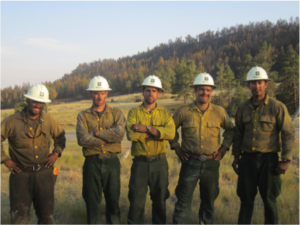
ABOUT THE AUTHOR:
Anthony Harrell spent three years with the Ukonom Hotshots. His adventures in fire inspired him to pursue a career in Physical Therapy, and he recently graduated from the Doctor of Physical Therapy program at the University of California, San Francisco (UCSF) / San Francisco State University.
He lives in the San Francisco Bay Area. He has been a contributor to Hotshot Fitness since 2016. He can be reached at anthony [ at ] hotshotfitness.com
Interested in writing for us? Check out our contributor guidelines for more information.
Just wanted to share an opportunity with the HF Community. I was contacted by Jen Maxwell, who’s handling casting for an advertising campaign for Isopure. They’re looking to feature wildland firefighters in an upcoming ad campaign. Interested? Details below.
Note: The deadline to apply is 5pm August 8 – it’s coming up quick!
——————————
